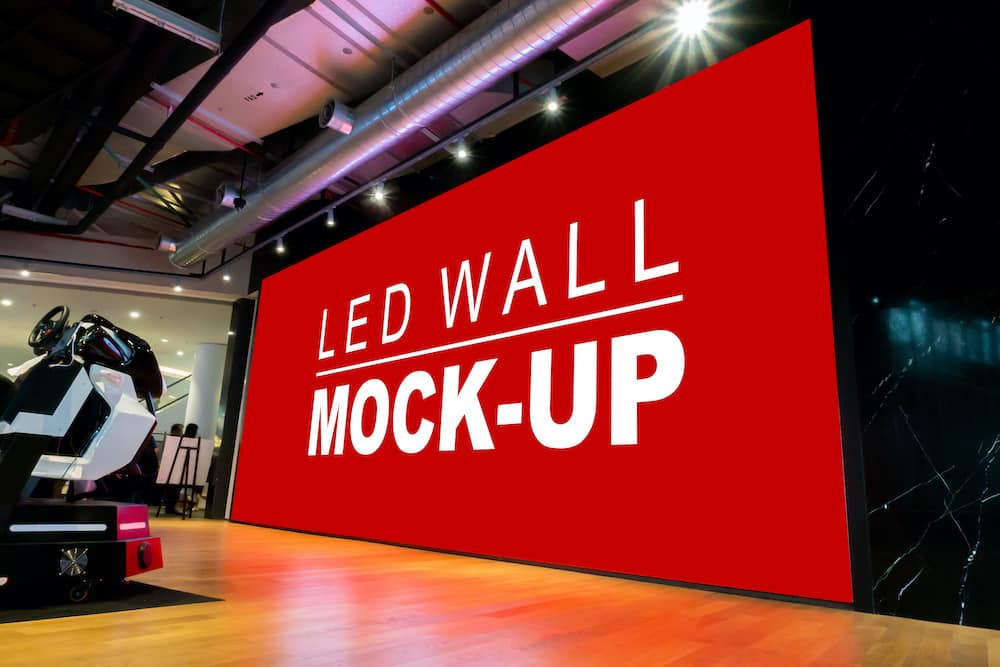A Comprehensive Comparison of Various LED Display Screen Techniques and The Applications
A Comprehensive Comparison of Various LED Display Screen Techniques and The Applications
Blog Article
LED display walls are more common in various settings, such as music events, athletic events, as well as corporate presentations. These large big displays consist of composed of many small LED modules which function collectively to create a single cohesive image. There are multiple types of LED display wall solutions on the market, every having its unique characteristics and benefits. Understanding these technologies options can assist companies as well as organizations choose the right solution for their particular needs.
One frequent type of Light Emitting Diode video screen solution is the direct view LED. Such technology uses separate LED modules which are arranged closely in proximity to create a large screen. Directly viewed Light Emitting Diode walls are known for their elevated luminosity and vibrant hues, which makes them ideal for outdoor events or well-lit lit environments. These displays also have a broad viewing angle, which indicating that people can view the display distinctly at different positions. Such renders direct view LED walls a favored option for stadiums and external events.
A different type of LED video screen technology is the LED illuminated Liquid Crystal Display. Such technology combines conventional Liquid Crystal Display screens with LED illumination for improved luminosity and color precision. LED-backlit Liquid Crystal Displays are commonly used in indoor settings, including retail centers as well as conference rooms. They provide superior visual quality while are typically more affordable than direct view LED walls. However, they may often function as effectively in well-lit environments, as the backlighting can sometimes dull the hues.
A third choice is the OLED display wall. OLED technology offers superior differentiation as well as hue richness in relation to alternative types of displays. Each pixel in an Organic Light Emitting Diode display produces its individual light, enabling for true blacks and vibrant colors. This renders OLED video walls particularly appealing for applications that require premium images, including gallery exhibitions and luxury shopping stores. However, OLED technology can be more expensive while may often be as luminous as directly viewed Light Emitting Diode screens, making it not appropriate for outdoor applications.
In addition to these technologies, various also various applications for Light Emitting Diode display screens. They can be used for promotion, amusement, as well as information display. For instance, companies often use Light Emitting Diode display screens for digital signage to draw in clients as well as promote products. Within amusement, they enhance the visual encounter at music events and gatherings, offering dynamic backdrops and captivating images. Within business settings, LED display screens can be used for presentations, video meetings, as well as training sessions, aiding to convey information through a aesthetically appealing way.
To summarize, Light Emitting Diode video screens are available in different technologies, every with its own advantages as well as uses. Direct view Light Emitting Diode screens are great for external use, whereas LED-backlit LCDs are more appropriate for indoor environments. Organic Light Emitting Diode display walls offer superior image quality yet may come at a higher price. Understanding these variations can help organizations to continue reading this make informed choices about the best type of Light Emitting Diode video screen best satisfies their requirements, whether for promotion, entertainment, or business use.